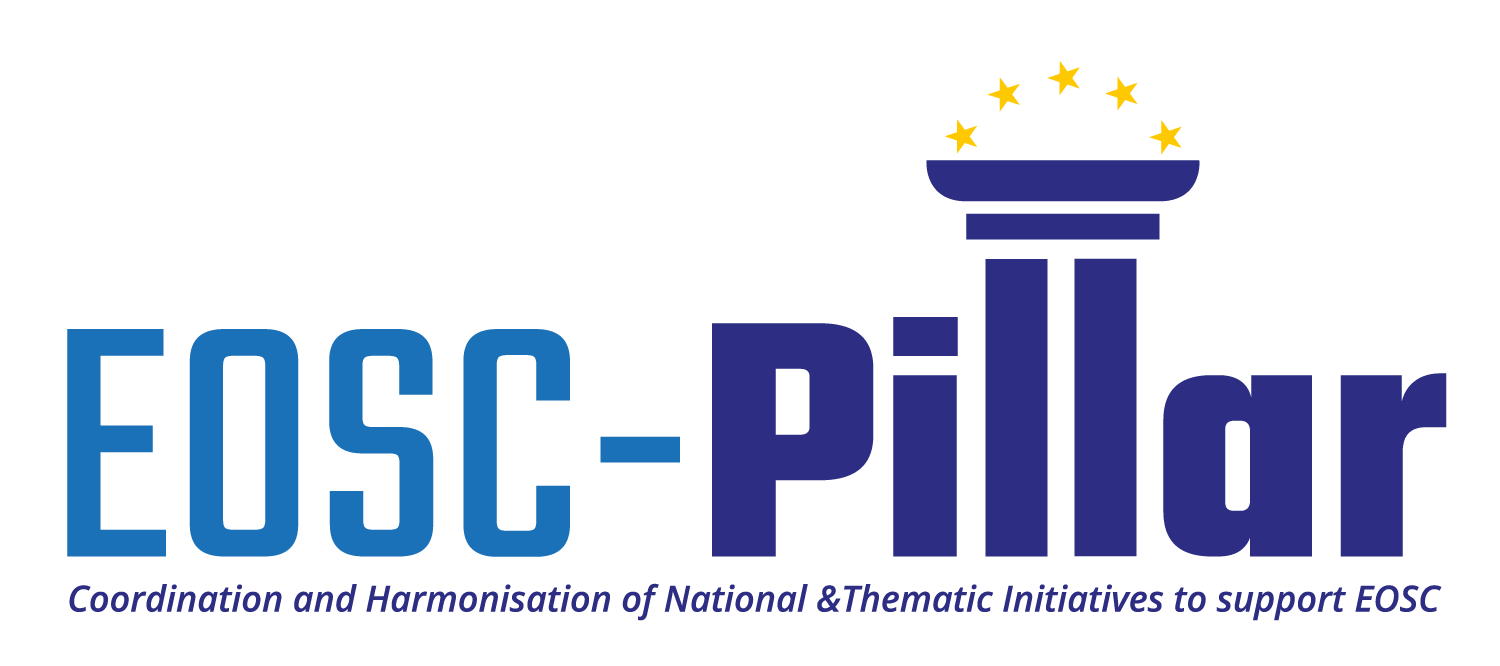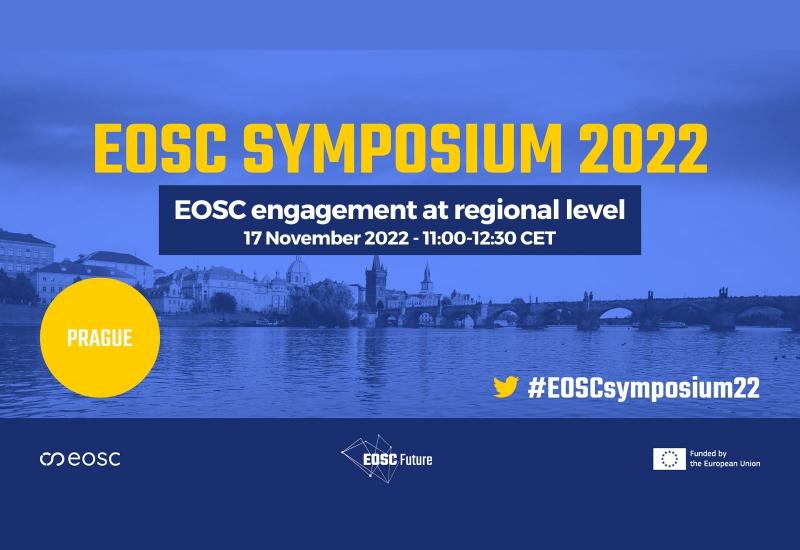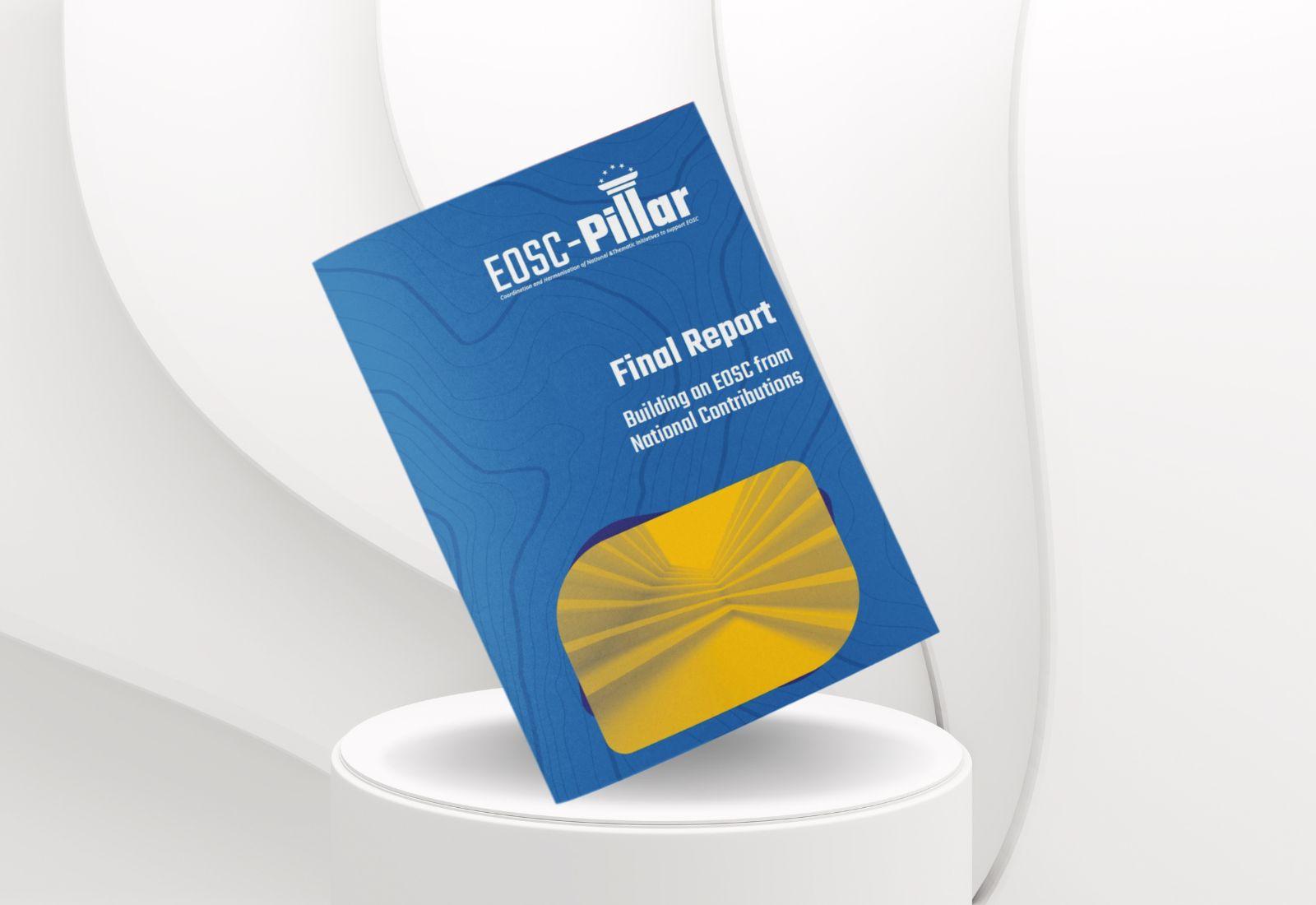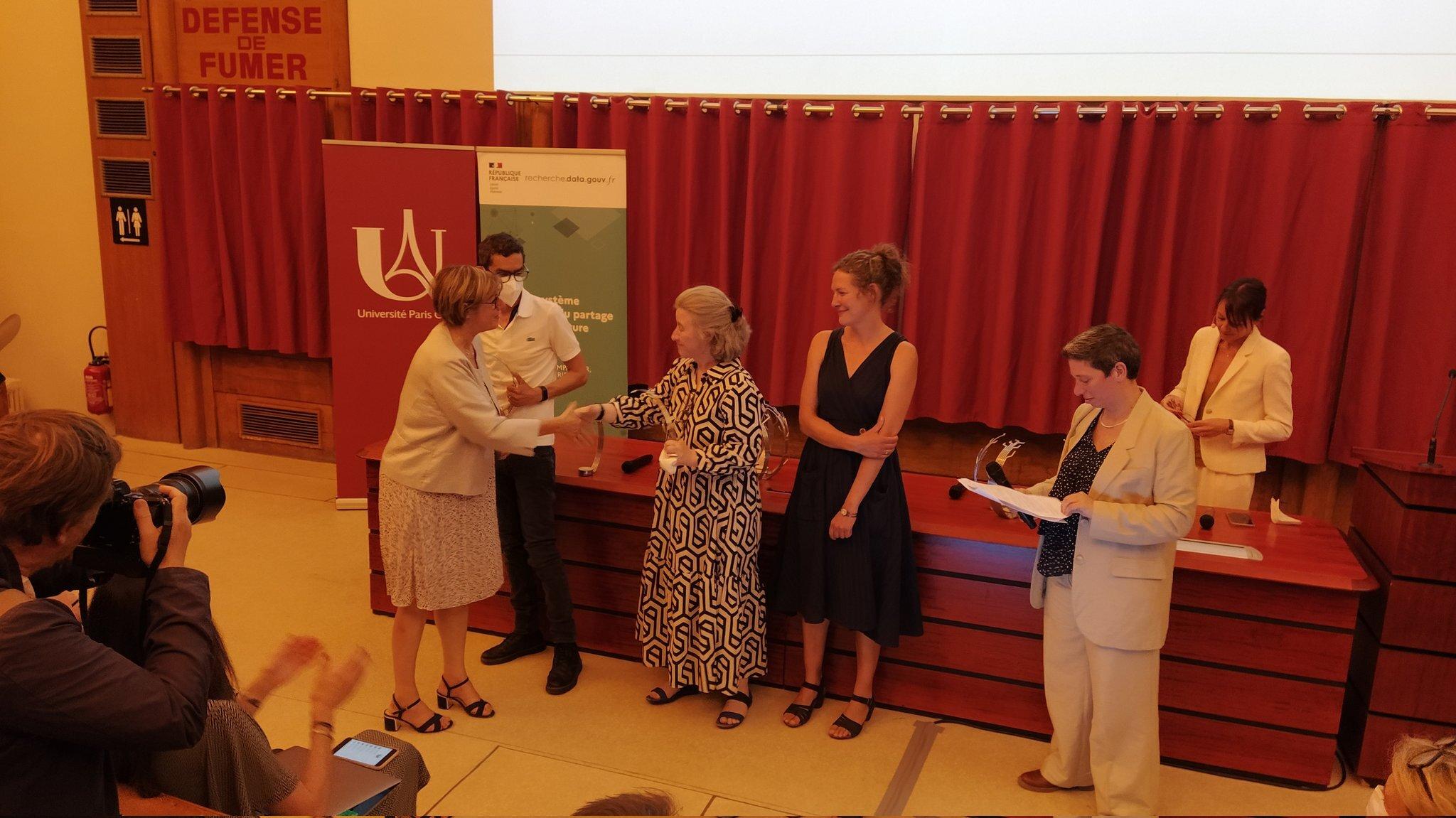
Exscalate4CoV: A successful example of European collaboration in research
June
24,
2020
News
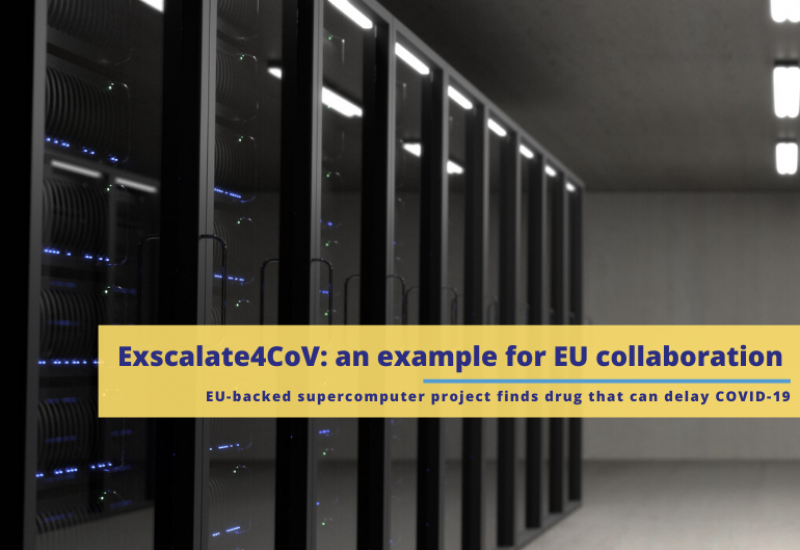
In June 2020, the EU-funded consortium Exscalate4CoV announced that Raloxifene, a registered generic drug currently used for treating osteoporosis, could be an effective treatment for COVID-19 patients suffering from a mildly symptomatic infection. The EU-backed supercomputing platform was employed by the consortium - also featuring EOSC-Pillar partners Cineca and Fraunhofer - to check the potential impact of known molecules against the genomic structure of SARS-CoV-2.
This is perhaps one of the best examples of how Horizon 2020 is bringing together top European researchers, research and e-infrastructures, public and private actors, to contribute to finding a remedy against the virus. This collaborative success was welcomed by European Commissioner Ursula von der Leyen in an official message:
Mariya Gabriel, EU Commissioner for Innovation, Research, Culture, Education and Youth also expressed satisfaction about this excellent result:
”Today, we need science more than ever. Since January we have mobilized all our efforts to support R&I actors in their respective fields to find solutions and stop the virus. This is why we have provided Exscalate4CoV with €3 million to fund their research, and I welcome the promising results they have achieved.”
EU Internal Market Commissioner Thierry Breton added:
“The Exscalate4Cov platform brings innovation to drug discovery in Europe and worldwide. It demonstrates the value of true pan-European cooperation by joining the best capacities Europe has to offer in the fields of biomedical science and high-performance computing. We will continue to mobilise all technologies available, including artificial intelligence, to fight the coronavirus.”
Among the more than 400,000 molecules tested with supercomputers, Raloxifene emerged as the most promising one. The project's representatives stated that it could be effective in blocking the replication of the virus in cells, and hence could interfere with the progression of the disease. Researchers have indicated that its advantages include its high patient tolerability, safety, and an established toxicological profile. The consortium will be discussing with the European Medicines Agency on how to advance to clinical trials to evaluate the new potential use for Raloxifene. If successful, the drug could be quickly made available in high volumes and at low cost.
Cineca General Director David Vannozzi expressed a particular satisfaction with the work done by researchers. According to him,
"This result once again indicates the importance of teamwork for research, and the European scale of our work, the scientific data of which are available to everyone, reminds us that Europe is not a rhetorical construction, but can represent the place where to realize a common destiny."
Please find the full official press release at this link.



